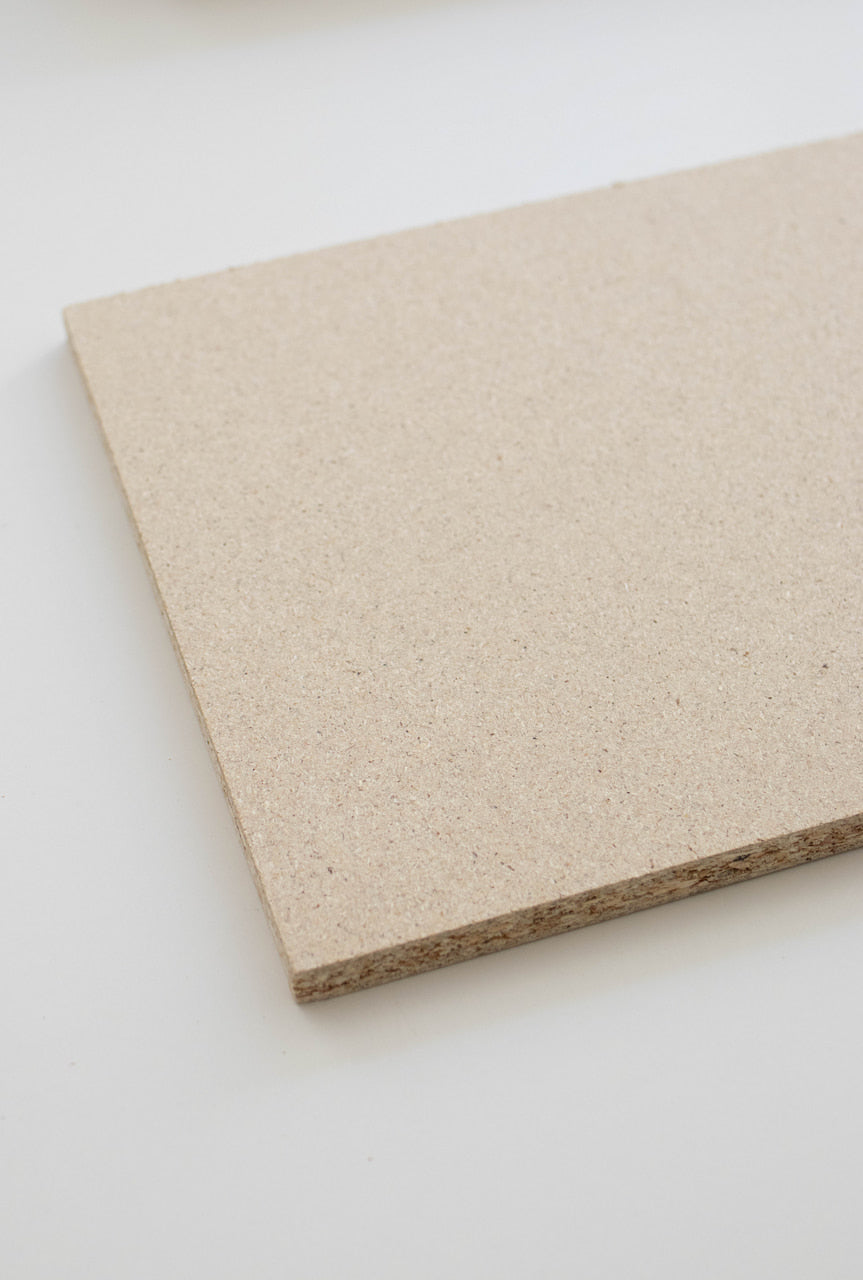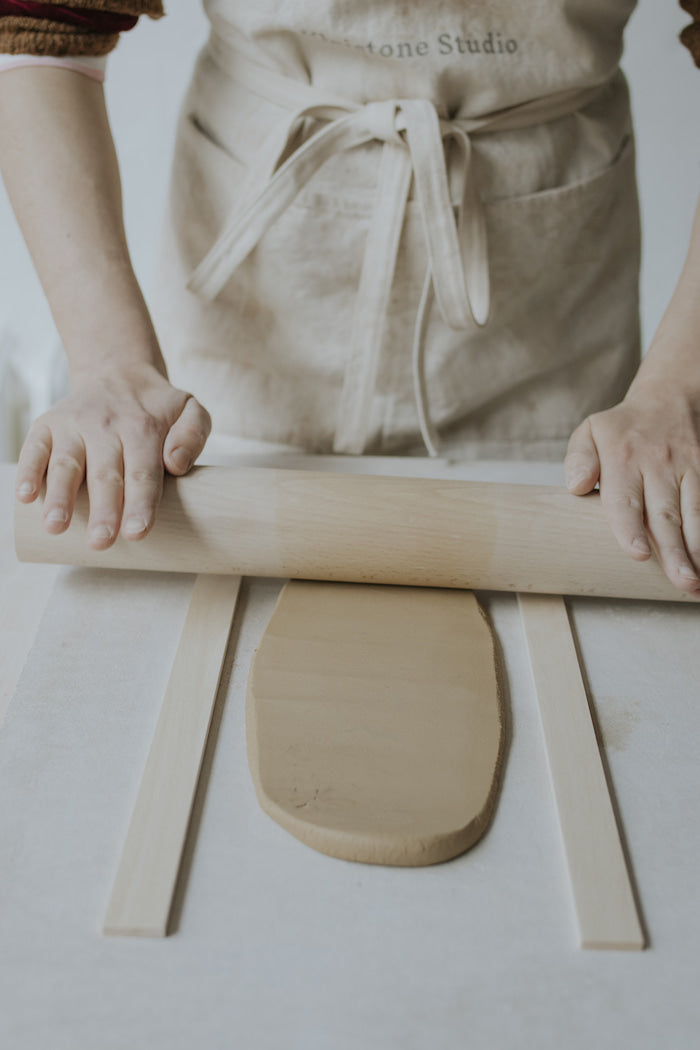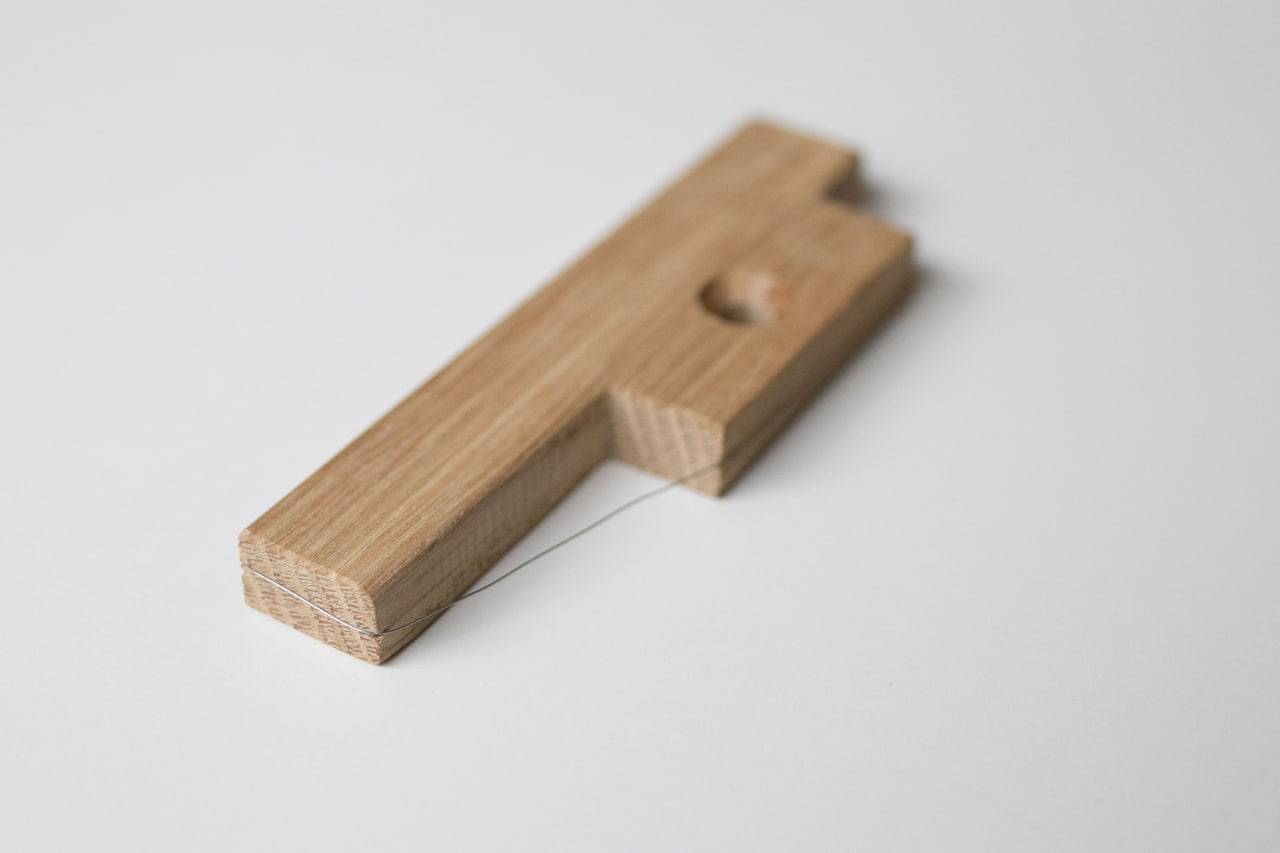
Kiln truths: What you need to know about bringing in your pieces for firing
At Kleistone, we offer external firing services for those who enjoy pottery at home. There are however a few important things you need to know so we put together a little guide.
Temperature compatibility
The most important piece of information for us is what clay and glaze you've used and what temperature range it can be fired to. We bisque to 960C and glaze fire to 1240C. Most clays can sustain bisque fires without issue, but glaze fires is where things get tricky: the clay AND the glaze you used both need to be compatible with each other and with the temperatures we fire to. If they are not able to withstand 1240C, they risk melting into the kiln and create a mess that may severely impact our business.
Our kiln is our most expensive equipment and our livelihood in the studio, which is why we are so adamant in having proof that the materials you use are fit for our kiln. The best way to save you from disappointment or having to go back home with your pieces is to bring and download the kiln firing sheet filled out. If you do not know what clay you used and have no way to find out, your pieces will not be fired.
Explosive material
Before you bring in your pieces for a bisque firing, you need to ensure your pieces are completely dry. Why? Because moisture in greenware will cause the pieces to explode in the kiln, damaging everything else around it. We do not separate your work from other people's work. We cannot always do that due to how a kiln is loaded. So if your pieces are not dry enough or you are not sure, wait a bit.
We advise to have your pieces dry out for at least a week for very small / thin pieces and up to 3 weeks for bigger pieces. Pieces need to dry evenly and slowly, under plastic at the beginning and away from drafts and open windows.
Contrary to popular belief, we cannot always tell if a piece is dry completely. The easiest way to tell is to ensure the piece is not cold to the touch, but there may still be moisture in it that cannot be detected. So dry your pieces slowly. Better safe than sorry.
Sketchy business
Ceramics is a craft that requires patience. Some pieces will end up being destroyed and that's life! We will refuse to fire pieces that have visible cracks in them to avoid damages to other people's work. Those pieces are not viable anyways. It's OK to let them go!
Clean your bottoms
Glaze is glass. Your pieces' bottoms will be in contact with our kiln shelves and if they are not clean of glaze, they will stick to the shelves. Removing pieces that have sticked to a kiln shelf is dangerous and can result in us getting injured and cut and we will ask you to replace your shelves.
Also, leave extra space from the bottom to ensure the glaze does not run.
A few words about our approach
We are an open and inclusive space. We do not care if you are a hobbyist or if you are a professional. Art is art. We love ceramics and want to offer a service to those who do not have access to their own kiln.
We also teach classes for a living and we cannot teach you how to glaze in 10 minutes. Learning takes time and practice. If you are unsure about how you are supposed to glaze or work with clay, we teach classes that will empower you in your practice and give you information about how to safely work in ceramics.
Photo credits: Wild Lights












